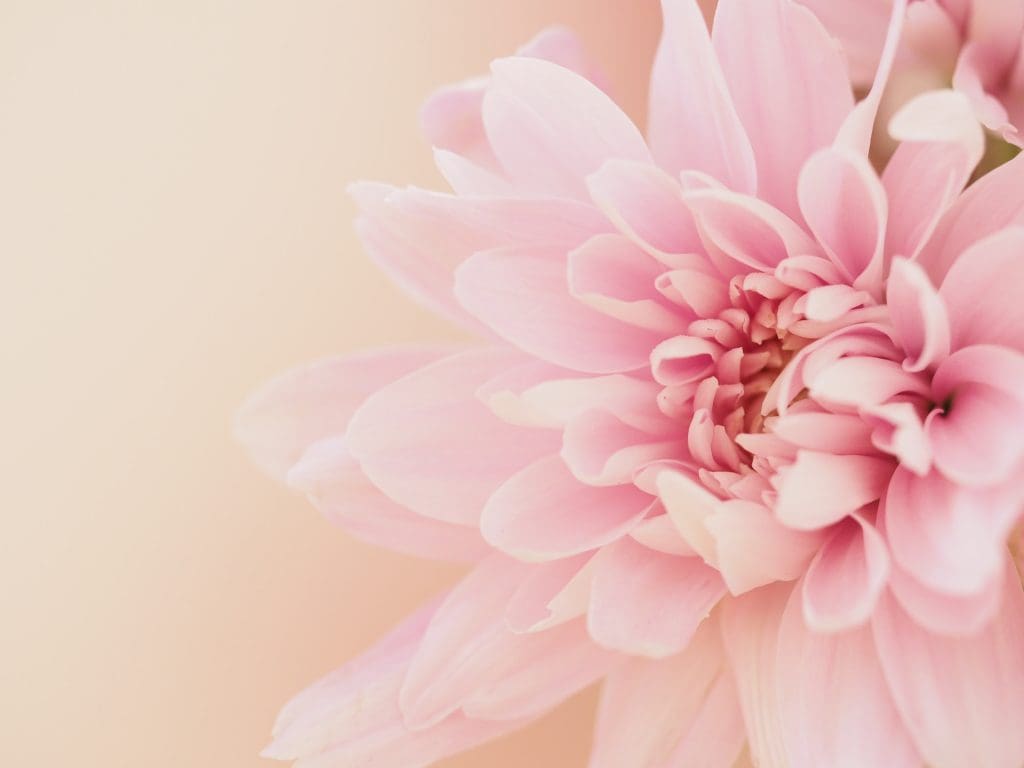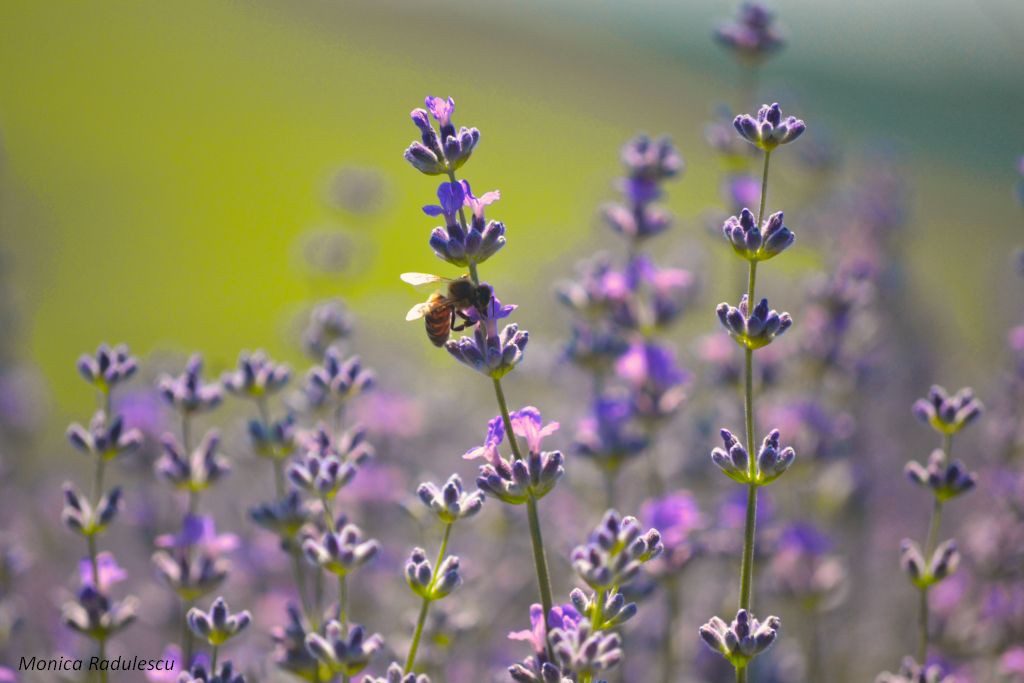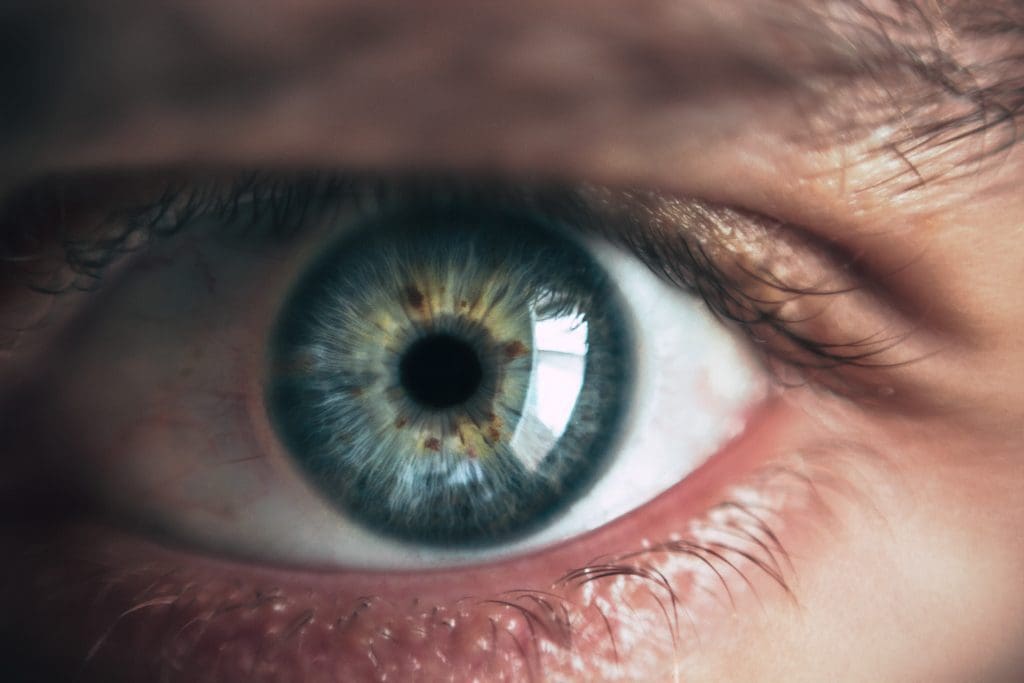Variety is key when you want great photos. As most photographers, you’ve chosen your preferred photographic genre and subject matters and is little you can change here. But you can change the way you frame your images and present your subject matter from a unique perspective. One way to create more exciting compositions is close-up photography. If you look at any great photographer’s portfolio, you’ll find close-up photos regardless of their genre.
Close-up photography showcases the smallest details of your subject. It may be a single feature such as the human iris, an attitude such as smile wrinkles, or a feeling such as the kindness of a gesture. It’s doable with almost any camera and in any lighting conditions. The magnification ratio is smaller than in macro photography. Also, you don’t need special lenses or extension tubes.
Close-up photos are powerful and impressive, but they’re also challenging as you can easily miss the target. They have a few elements, and the relationships between the elements are essential. Also, they raise technical issues as it’s relatively easy to blur your photos. Check out the following tips and learn to create amazing close-up compositions.
Engage with your subject
Close-up photography needs a strong connection between the photographer and the subject. You have to enter the personal space of your subject, and that requires intimacy. Take time to get to know your subject, whether it’s a person, a flower, or a kitchen item. Find the feature that makes a statement and tells a story. Close-up photos need a strong narrative. Otherwise, they can be dull and uninteresting. Don’t focus solely on the aesthetic part (e.g., this flower has a beautiful color). Consider the deeper message, too (e.g., this flower is delicate but strong enough to grow in the mountains). Always add your input on the subject when you take close-ups.

Befriend me before taking my picture – Photo by Lum3n from Pexels
Create a strong focal point
Because you frame one subject or part of a subject, it’s important to have a strong point of interest. The public should be instantly attracted to the focal point of the photo. Make sure you choose an interesting feature but also that you present it well. The focal point should be sharp and clear, have perfect exposure and contrast, and be positioned according to the rules of composition. Yes, even when you fill the frame with a single detail, you need to follow the rules of composition. So don’t place your subject in the center of the frame, at least not all the time.

Photo by Jess Bailey Designs from Pexels
Make your subject stand out.
To help your subject impress the public, you can use several techniques to make it stand out. The best thing you can do is photograph the subject from its level. Show its perspective and allow it to be the main character of your composition. Therefore, please don’t take photos from above the subject but place the camera parallel to it. Make sure you leave plenty of space in front of the subject as you’ll do for a portrait, for example.
Other methods are:
- use a shallow depth of field to blur the background and highlight the subject;
- leave negative space around the subject;
- use contrast, whether it’s contrast based on color, luminosity, texture, or concept.

Declutter the background
A busy background can hide the subject and distract the viewer’s attention. You can block it using a shallow depth of field or change the camera’s position in such a way that you have a larger distance between the subject and background. You can also use flash to illuminate the subject and expose the subject to a darker, almost black background.
Use zooming
When you can’t get physically close to a subject, use zooming. This applies to architectural details, street snapshots, landscapes, and wildlife. But it also applies to photographing people and animated subjects. It’s more comfortable for the subject, and you can capture genuine emotions. Telephoto lenses are popular in studio portraiture.

Photo by Victor Freitas from Pexels
Create connections and capture emotions. Close-up photos bring you closer to your subject and provide valuable insights. They create a vibrant dialog between photographer and subject and engage the public too. Be patient and experiment with close-up photography! For more how-to articles click here.
Cover photo by Harvey Reed from Pexels

